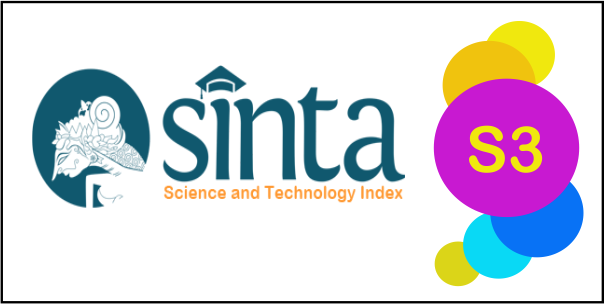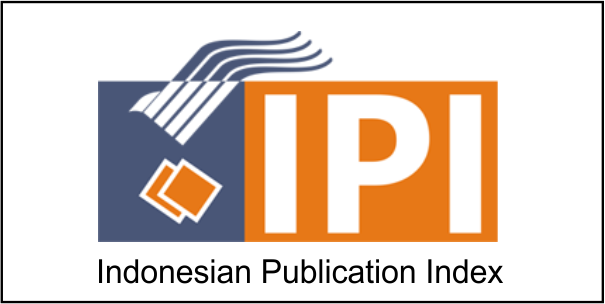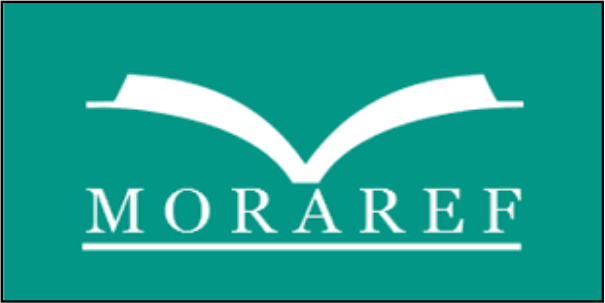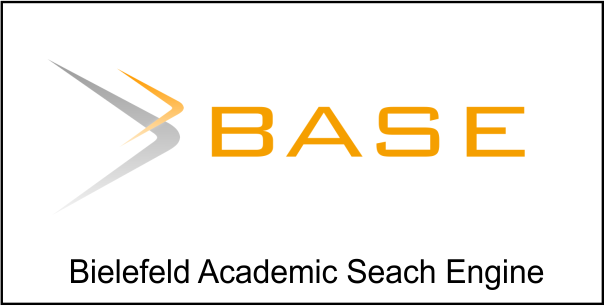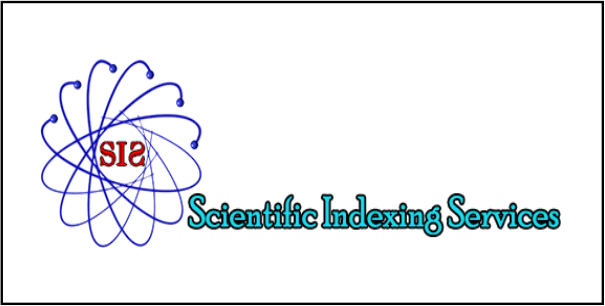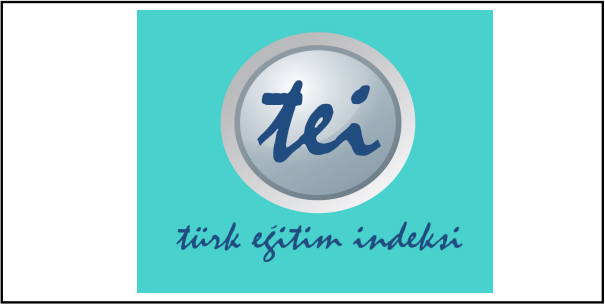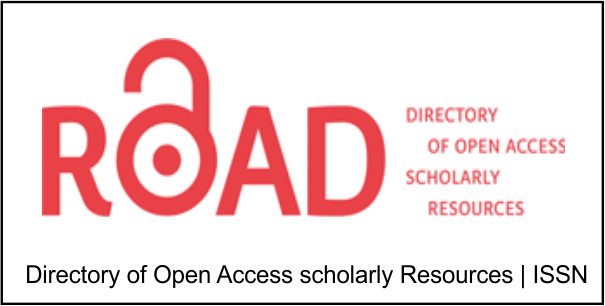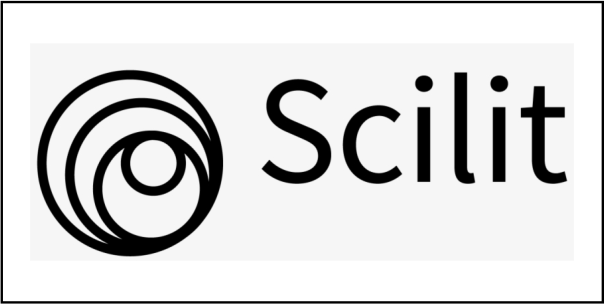KONTRIBUSI DAN DAMPAK SOCIAL-AWARENESS TERHADAP GROUP PERFORMANCE MELALUI PEMBELAJARAN KIMIA: QUANTITATIF APPROACH
Abstract
Keyword: Self-Awareness, Group Performance, Learning Chemistry.
Full Text:
PDFReferences
Armstrong, T. 2009. Multiple Intelligence in the classroom. 3rd Ed. USA: ACSD.
Bastian, V.A., Burn, N.R & Nettelbeck T. 2005. Emotional Intelligence Predicts Life Skills, But Not as Well as Personality and Cognitive Abilities. Personality and Individual Differences, 39, 1135-1145
Bridgeland, J., Bruce, M., & Hariharan, A. 2013. The missing piece: A national teacher survey on how social and emotional learning can empower children and tansform schools. Retrieved from http//www.casel.org/library/the-missing-piece.
Catano, V.M., Newsome, S & Day, A.L. 2000. Assessing the predictive validity of emotional intelligence. Personality and Individual Differences, 29, 1005-1016
Collaborative for academic, Social, and Emotional Learning (CASEL). 2005. Safe and sound: An educational leader’s guide to evidence-based social and emotional learning programs. Chicago: Illions Edition.
Elliot, S.N., Frey, J.R., & Davies, M. 2015. System for assessing and improving students’ social skill to achieve academic competence. In J. A. Durlak, C.E. Domitrovich, R.P. Weissberg, & T.P. Gullota (Eds), Handbook of social and emotional learning: Research and practice: New York: Guilford Press.
Goleman, D. 1998. Working with emotional intelligence. Bantam
Goleman, D. 1999. Working with emotional intelligence. Bloomsbury PublishingLtd
Gerald, R.F. 2003. Emotional Intelligence, Leadership Effectiveness, and team outcomes. The International Journal of Organizational Analysis. Vol 11, pp. 21-40.
Law, K.S., Wong, C & Song, L.J. 2004. The Construct and Criterion Validity of Emotional Intelligence and its Potential Utility for Management Studies. Journal of Applied Psychology, Vol 89, 483-496.
Muhammad, A.U.H., Sadia, A., & Misbah, H. 2017. Impact of emotional pn teacher’s performance in higher education institution of pakistan. Future business journal, 3, 87-97.
Martin. RW., Katie. B., Sara. BK., & Noah. B. 2017. Development and implementation of student social-emotional surveys in the CORE Districts. Journal of applied developmental psychology. Holland: Elsevier Inc.
Mayer, J.D & Cobb, C.D. 2000. Education policy on emotional intelligence: does it make sense ?. educational psychology review, 12(2), pp 163-183.
McKnown, C. 2015. Challenges and opportunities in the direct assessment of children’s social and emotional comprehension. In J. A. Durlak, C.E. Domitrovich, R.P. Weissberg, & T.P. Gullota (Eds), Handbook of social and emotional learning: Research and practice: New York: Guilford Press.
Neil, P., Diana, M., Callan, V.J., & Ayoko, O. 2009. Charismatic leadership, change and innovation in an R&D organization, Journal of Organizational Change Management, 22(5), pp, 511-523.
O’Connor, R.M & Little, I.S. 2003. Revisiting the predictive validity of emostional intelligence: Self-report versus ability-based measures. Personality and Individual Difference, 35, 1893-1902
Parker, J.D.A., Summerfeldt, L.J., Hogan, M.J & Majeski, S. 2004. Emotional intelligence and academic success: Examining the transtition from high school to university. Personality and Individual Differences, 36, 163-172
Priyatno, D. 2016. SPSS Handbook: analisis data, olah data, & penyelesaian kasus-kasus statistik. Yogyakarta: MediaKomp.
Rozell, EJ., Pettijohn, C.E & Parker, R.S. 2002. An empirical evaluation of emotional intelligence: The impact on management development. Journal of Management development, Vol 21, pp, 272-289.
Salovey, P & Mayer, J.D. 1990. Emotional Intelligence, Imagination. Cognition and Personality, 9(3), 185-211.
Schute, N.S. 1998. Development and validation of a measure of emotional intelligence. Personality and individual differences, 25 pp, 167-177.
Sugiyono. 2016. METODE PENELITIAN PENDIDIKAN: Pendekatan kuantitatif, kualitatif, dan R&D. Bandung: Alfabeta.
Spencer, L.M, & Spencer, S.M. 1993. Competence at work. Wiley: and top performance and leadership competence studies published in Richard H.Rosier (ed) (1994 & 1995), the competency model handbook, volume one and two, Boston: Lingkage.
Sy, T., Tram, S, & O’Hara, L.A. 2006. Relation of employee and Manager Emotional Intelligence to job satisfaction and performance. Journal of vocational behavior, 68, 461-473.
Thorndike, R.K. 1920. Intelligence and its Uses. Harper’s Magazine, 140, 227-335.
Viswesvaran & Van, R.D.L. 2004. Emotional intelligence, a meta-analytic investigation of predictive validity and nomological net. Journal of vocational behavior, 65, 71-95.
Wong, C, & Law, K.S. 2002. The effect of leader and follower emotional intelligence on performance and attitude: An exploratory study. Leadership Quarterly, 13(3), 243-274.
Zainab, N., Saeed, U.H., Fazalur, R, & Bux, N.J. 2011. Impact of emotional intelligence on team performance in higher education institutes. International online journal of education sciences, 3(1), 30-46.
Zhou, J & George, J.M. 2003. Awakening employee creativity: the role of leader emotional intelligence. Leadership Quarterly, 14, 545-568.
DOI: http://dx.doi.org/10.20527/quantum.v8i2.4011
Article Metrics
Abstract view : 676 timesPDF - 4214 times
Refbacks
- There are currently no refbacks.
Publisher:

Universitas Lambung Mangkurat (ULM)
University of Lambung Mangkurat
website : https://ppjp.ulm.ac.id/journal/index.php/quantum/index
email : [email protected]
QUANTUM Journal Indexed by :

QUANTUM: Jurnal Inovasi Pendidikan Sains is licensed under a Creative Commons Attribution-NonCommercial-NoDerivatives 4.0 International License




1.png)

